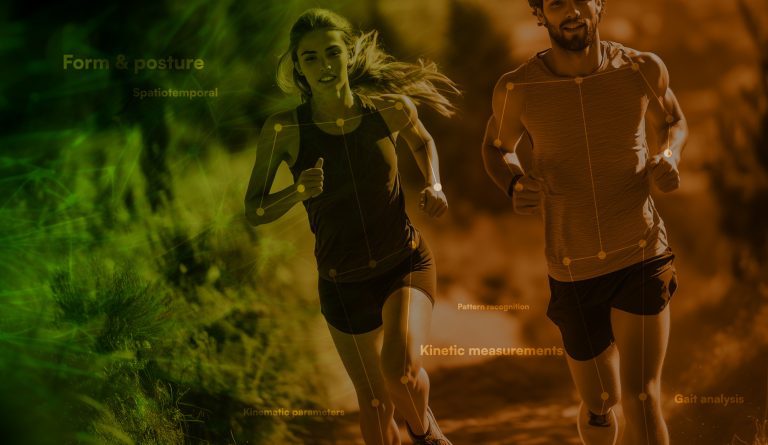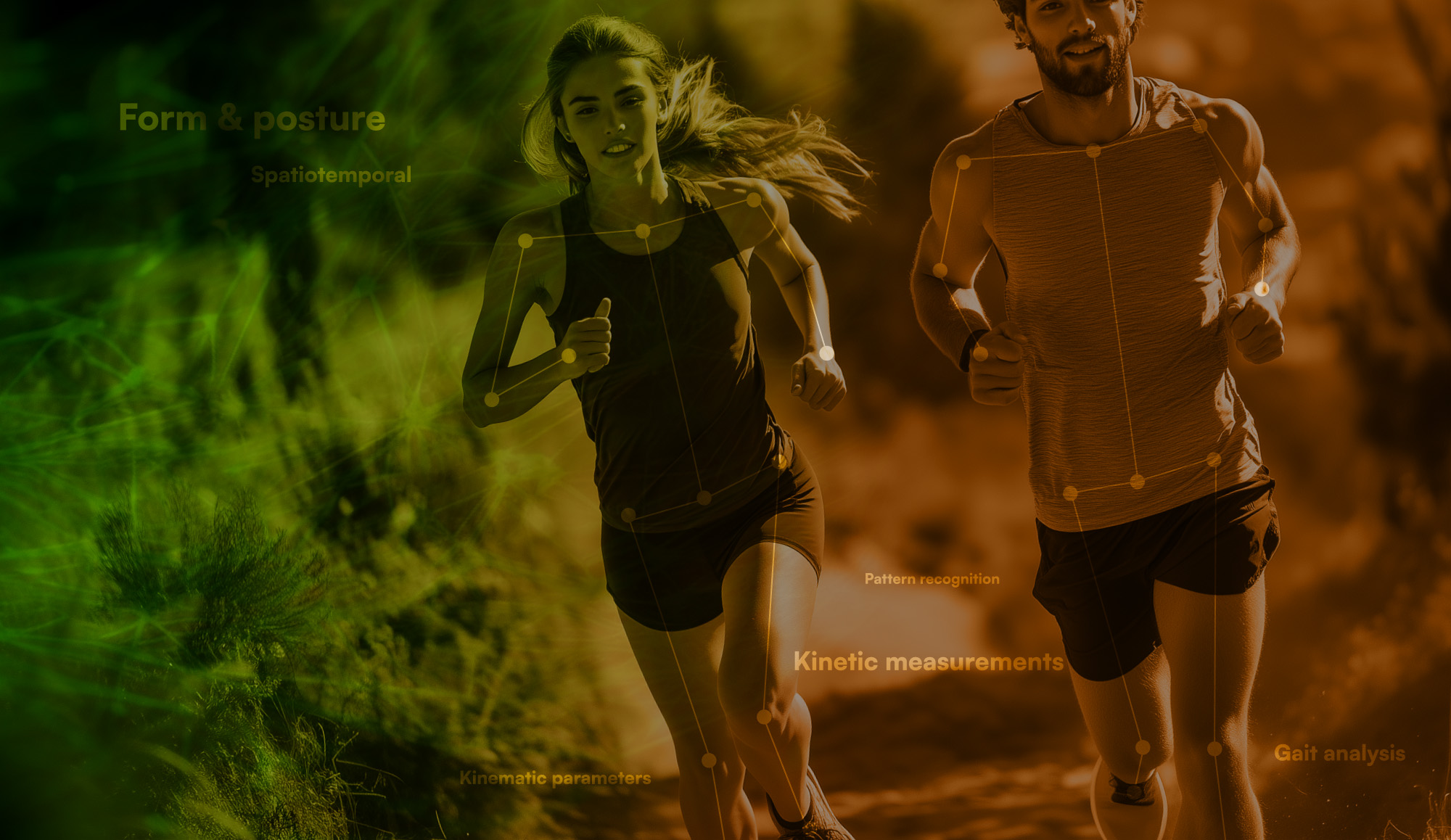Evaluating human movement in sports or rehabilitation presents a complex challenge, involving both subjective assessments and the intricate nature of human motion. Here are the key challenges faced:
1. Subjectivity in Assessment
Movement analysis often depends on the expertise of coaches or trainers, which can lead to inconsistent feedback due to personal biases and varying perspectives. Coaches may differ on what constitutes “good” or “bad” technique, resulting in contradictory feedback. Limited observation capabilities and reliance on memory further complicate accurate assessments, especially for fast-paced actions.
2. Complexity of Human Movement
Human movement, especially in sports, involves multiple joints and muscle systems working together in a non-linear and context-dependent way. Small inefficiencies are hard to detect, and movements vary across individuals due to differences in body size, muscle strength, and flexibility. Computer vision systems face challenges in analysing such complex, dynamic actions, as occlusion and pose estimation errors can lead to inaccurate data.
3. Lack of Quantifiable Data
Without objective data, assessments rely on subjective descriptions like “explosive” or “smooth,” which can be vague. Quantifiable data through tools like motion capture or wearable sensors allow for more accurate tracking of variables such as joint angles, velocity, and force, leading to more consistent feedback and improved progress monitoring.
4. Variability Between Athletes
Every athlete has unique biomechanics, muscle composition, and injury history. Generic assessments fail to account for these differences, which can lead to suboptimal training programs and increased injury risk. A personalised approach, supported by technology, can address these individual differences and provide tailored feedback.
5. Injury Risk
Poor movement techniques increase the risk of injury, especially when inefficiencies go unnoticed. Dynamic and high-impact sports involve complex movements that place stress on multiple joints, leading to potential injuries. Without real-time data, it’s harder to identify movement flaws early, increasing injury risk.
6. Feedback Timing
Delayed feedback based on memory or video review can slow progress and lead to the reinforcement of incorrect movement patterns. Real-time feedback, powered by technology, allows athletes to correct their technique instantly, enhancing learning and reducing injury risks.
7. Mental and Environmental Factors
Factors such as fatigue, stress, and environmental conditions (e.g., weather or surface) can obscure an athlete’s true movement ability, making it harder to determine if poor technique is due to biomechanics or external influences. A holistic approach that considers these factors is necessary for accurate movement analysis.
Conclusion
Determining “good” or “bad” movement technique requires a blend of expertise and technology. Subjective observation alone often leads to inconsistencies, while the complexity of human motion further complicates analysis. Incorporating data-driven tools like computer vision, motion capture, and real-time feedback allows for more accurate, objective assessments. This combination enhances athletic performance, minimises injury risk, and improves rehabilitation outcomes.
By leveraging data-driven insights, athletes and professionals can optimise movement techniques, making significant improvements in both performance and safety. For more information on how SOLFORM addresses these challenges, please visit our website or contact our team.





